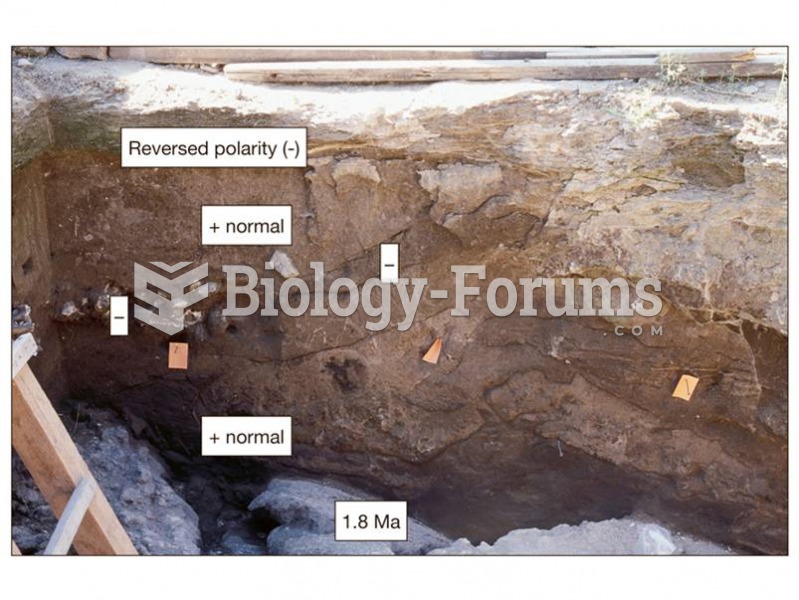|
|
|
Always store hazardous household chemicals in their original containers out of reach of children. These include bleach, paint, strippers and products containing turpentine, garden chemicals, oven cleaners, fondue fuels, nail polish, and nail polish remover.
People often find it difficult to accept the idea that bacteria can be beneficial and improve health. Lactic acid bacteria are good, and when eaten, these bacteria improve health and increase longevity. These bacteria included in foods such as yogurt.
The average adult has about 21 square feet of skin.
A seasonal flu vaccine is the best way to reduce the chances you will get seasonal influenza and spread it to others.
Barbituric acid, the base material of barbiturates, was first synthesized in 1863 by Adolph von Bayer. His company later went on to synthesize aspirin for the first time, and Bayer aspirin is still a popular brand today.
 Part of the Hubble Ultra-Deep Field image showing a typical section of space containing galaxies int
Part of the Hubble Ultra-Deep Field image showing a typical section of space containing galaxies int
 Uranus revolves around the Sun once every 84 Earth years. Its average distance from the Sun is rough
Uranus revolves around the Sun once every 84 Earth years. Its average distance from the Sun is rough
 The basalt below the hominins is dated to 1.8 million years ago, and the geomagnetic polarity of the
The basalt below the hominins is dated to 1.8 million years ago, and the geomagnetic polarity of the




